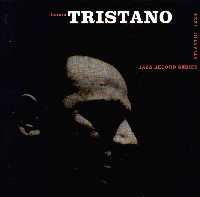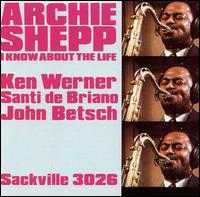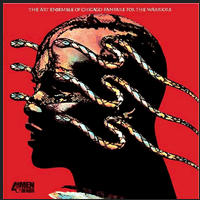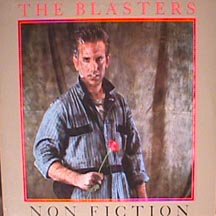ALICE COLTRANE Universal Consciousness
 Impulse! AS-9210 (1972)
Impulse! AS-9210 (1972)Alice MacLeod became John Coltrane's second wife in 1965, a time of great creativity and change for the tenor saxophonist. 1965 was the year Coltrane recorded Ascension, his massive free-jazz statement of purpose. It was during this time that pianist McCoy Tyner and drummer Elvin Jones felt they could no longer continue in the stylistic vein Coltrane was mining, so they left the group. Replacing Jones was Rashied Ali, and taking Tyner's place was Alice Coltrane. She played piano with the quartet until her husband's death in 1967; her style, at times recalling Tyner's rolling romanticism and stacked fourths, lent itself perfectly to her husband's new sonic explorations.
Universal Consciousness was one of many albums Coltrane recorded for the Impulse! label (both with and without her husband); the overt spirituality of John's albums is still present (and quartet members Ali and bassist Jimmy Garrison are on hand), yet is even more explicit and specific, as titles like "Oh Allah" and "Hare Krishna" demonstrate. Rather than simply duplicating the Eastern mysticism found on her husband's final recordings, Alice refines and defines it, telling of her pilgrimages both physical and spiritual in the detailed liner notes.
As if to define her own personal sound that much more distinctly, there is no piano on the album; Coltrane plays organ and harp throughout, accompanied by Garrison's bass and a multitude of drums and percussion provided by Ali, Jack DeJohnette, Clifford Jarvis, and Tulsi. An added bonus is a quartet of violins which lends an otherwordly feel to "Oh Allah", "Hare Krishna", and the title track (Coltrane's string arrangements for the group were transcribed by none other than Ornette Coleman). The musical highlights of the album are perhaps the most unconventional; "Battle at Armageddon" and "The Ankh of Amen-Ra" are a pair of duets with Ali that recall one of John's last albums: Interstellar Space, an album of duets with Ali ("Battle" actually sounds like an intergalactic war between two godlike entities, while "Ankh" showcases Alice's facility on the harp).
Many of Alice Coltrane's albums are thankfully back in print on CD, and she recently returned to recording after a twenty-six year hiatus (!) with the stunning Translinear Light. Her Universal Consciousness is a thoroughly engaging and enjoyable album and a worthy continuation of the Coltrane legacy.








